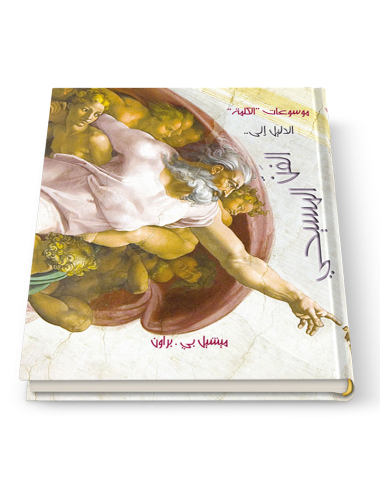Kierkegaard Soren His Life His Works
Suren Kerkegor in Copenhagen on May 5, 1813, both of his father and mother descended from the Jute family, a Germanic tribe that invaded the European continent in the fifth century.
- On sale!
0.08 kg - 1.3 kg
Suren Kerkegor in Copenhagen on May 5, 1813, both of his father and mother descended from the Jute family, a Germanic tribe that invaded the European continent in the fifth century.
What can a fingernail tell us about the mysteries of creation? In one sense, a nail is merely a hunk of mute matter, yet in another, it’s an information superhighway quite literally at our fingertips. Every moment, streams of molecular signals direct our cells to move, flatten, swell, shrink, divide, or die. Andreas Wagner’s ambitious new book explores this hidden web of unimaginably complex interactions in every living being. In the process, he unveils a host of paradoxes underpinning our understanding of modern biology, contradictions he considers gatekeepers at the frontiers of knowledge.
Christianity has been a central force in the shaping of western culture. It is not surprising, therefore, that the greatest artists down the centuries have sought to paint its story. This book tells the history of Christian art, exploring the purpose behind the masterpieces and looking at the context in which they were created. The modern secular reader who feels detached from the meaning of the paintings will be helped to understand their emotional as well as their asethetic power. And the Christian reader will be encouraged to explore further the wonder and beauty of the Christian cultural legacy. The book includes a final chapter on the way modern artists are continuing and changing the legacy.
What the future will bring? This issue, which opens Young undiscovered Self in this book, which is one of the most influential books there is no more important problem in our society today the plight of the individual in today's world the most systematic and rigorous.
Responding to families’ questions and fears with compassion.
Typically the patient―and his or her course of treatment―are the natural focal points when it comes to Alzheimer’s disease (AD). But Alzheimer’s is an equally debilitating illness for family members and caregivers who must come to terms with its far-reaching emotional and physical burdens.
In this handbook, clinicians are taught how to navigate the many interpersonal issues at the heart of AD―that is, how to work with the families and friends of the patient. Santulli addresses everything from how to respond compassionately to their likely questions and concerns, how to clearly explain symptoms and risk factors, when to suggest consultation with a geriatric specialist, and how to sensitively






